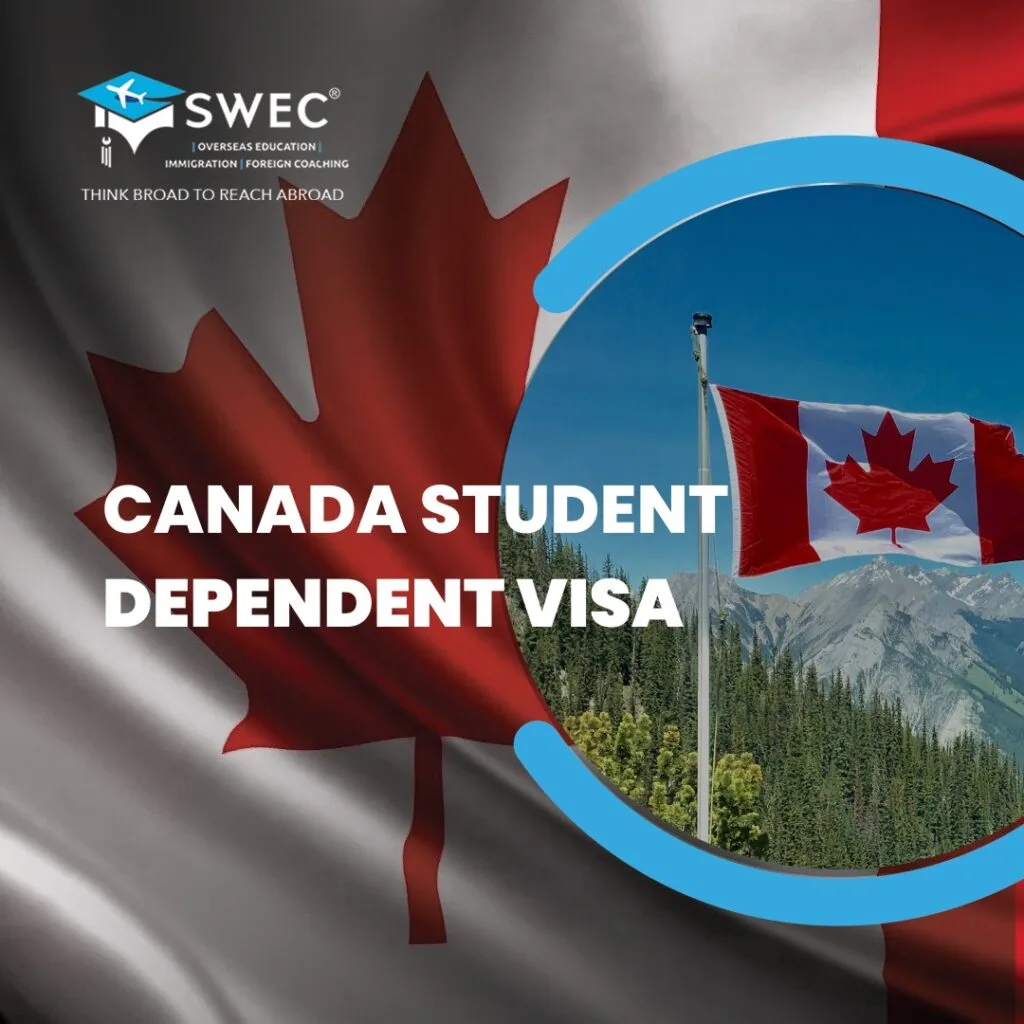
The next Climate Action Incentive Payment (CAIP) will be sent by the Canada Revenue Agency (CRA) on October 13, 2023, to Canadian taxpayers.
Being an immigration news and information website, a lot of queries come in about whether international students and work permit holders are also eligible for these benefits.
The answer is yes. Anyone paying taxes in Canada is eligible for all the Canadian tax credit payments if they meet the income or other eligibility criteria for that particular benefit.
Furthermore, newcomers to Canada, including permanent residents, refugees (protected persons), and temporary residents (including international students, workers, or temporary residence permit holders), are also eligible for CAIP, but they need to apply for it.
This article provides a comprehensive guide for Canadians and newcomers on all the aspects surrounding Climate Action Incentive Payment (CAIP).
Jump To
- What is Climate Action Incentive Payment or CAIP?
- Eligibility for Climate action incentive payment
- How can newcomers in Canada claim CAIP?
- How much CAIP can you get?
What is the Climate Action Incentive Payment or CAIP?
In simple words, the CAIP is a tax-free payment offered to individuals and families to help offset the cost of federal pollution pricing.
This payment can also be referred to as a carbon tax rebate.
Residents of Ontario, Saskatchewan, Manitoba, Alberta, Newfoundland & Labrador, Nova Scotia, and Prince Edward Island will get this payment on October 13.
Climate action incentive payment eligibility
You are eligible for the CAIP if you are at least 19 years of age at the start of the month in which the CRA makes a payment and you are a resident of Canada for income tax purposes.
Additionally, in order to be eligible, you must reside in a province (mentioned above) that the CAIP covers on the first day of the payment month.
If you are under the age of 19, then you must fulfill at least one of the following requirements:
- Previously or currently have a common-law partner or spouse
OR
- You are a parent (or were one in the past) and currently or previously resided with your child
How can newcomers in Canada claim CAIP?
Newcomers in Canada, including international students, work permit holders, and permanent residents, have to apply for the CAIP using the below-listed forms:
If you are a new resident of Canada, take the following steps:
Fill out one of the following forms based on your situation and family composition:
- If you have children, then you can apply for all family and child benefits, including the GST/HST credit, by completing and signing Form RC66, Canada Child Benefits Application. Together with your Statement of Income, you must also fill out Form RC66SCH, Status in Canada and Income Information for the Canada Child Benefits Application, in order to provide information about your citizenship and place of residence.
OR
- If you do not have children, then you need to fill out and sign the Form RC151 GST/HST Credit and CAIP Application for Individuals Who Become Residents of Canada
Send the completed form via mail to the tax centre.
If you are not a newcomer to Canada, then you do not need to apply for the CAIP.
When you file your income tax and benefit return, the Canada Revenue Agency (CRA) will check your eligibility and if you are eligible, they will send you the payments.
Note that only one of you can take credit for the family if you have a spouse or common-law partner.
The spouse or common-law partner whose tax return is filed first will receive the credit. The amount of the credit will remain the same regardless of which of you gets it.
You and your spouse or common-law partner, if applicable, must continue to file an income tax and benefit return annually in order to be eligible to receive payments for the CAIP.
How much CAIP can you get?
Your family’s circumstances and the province in which you live will determine how much you receive.
The CAIP payment won’t be subject to a benefit reduction based on the family’s adjusted net income because it is universal.
Below is the province-wise CAIP for 2023:
The Ontario program offers a yearly credit equivalent to:
- $488 for an individual
- $244 for a spouse or common-law partner
- $122 per child under 19
- $244 for the first child in a single-parent family
The Manitobans, a yearly credit equivalent to:
- $528 for an individual
- $264 for a spouse or common-law partner
- $132 per child under 19
- $264 for the first child in a single-parent family
For Saskatchewan, an annual credit of:
- $680 for an individual
- $340 for a spouse or common-law partner
- $170 per child under 19
- $340 for the first child in a single-parent family
For Albertans, an annual credit of:
- $772 for an individual
- $386 for a spouse or common-law partner
- $193 per child under 19
- $386 for the first child in a single-parent family
For residents of small and rural communities, the CAIP offers a 10% rural addition to the base sum.
For Newfoundland and Labrador, a quarterly credit of:
- $164 for an individual
- $82 for a spouse or common-law partner
- $41 per child under 19
- $82 for the first child in a single-parent family
For Nova Scotia, a quarterly credit of:
- $124 for an individual
- $62 for a spouse or common-law partner
- $31 per child under 19
- $62 for the first child in a single-parent family
For Prince Edward Island, a quarterly credit of:
- $120 for an individual
- $60 for a spouse or common-law partner
- $30 per child under 19
- $60 for the first child in a single-parent family
For the New Brunswick program, a quarterly credit of:
- $92 for an individual
- $46 for a spouse or common-law partner
- $23 per child under 19
- $46 for the first child in a single-parent family
The payment for New Brunswick in October 2023 is a double payment, covering the months of October through December 2023 and July through September 2023.
What are the Climate Action Incentive Payment dates for 2023?
October 13, 2023, and January 15, 2024 are the upcoming Climate Action Incentive Payment dates.
The payment is usually made on the final working day before the 15th if it falls on a Saturday, Sunday, or federal holiday.
The CRA adds the CAIP to amounts owed for unpaid income tax balances or amounts owed to other federal or provincial government programs if you have a tax obligation.
If you do not receive CAIP within ten working days of October 15, 2023, then you can get in touch with them using the contact information here.
Does everyone get the Climate Action Incentive Payment?
No, not everyone is eligible for the Climate Action Incentive payment. The payment is specific to residents of provinces in Canada that have a federal carbon pricing system in place.
These provinces include Ontario, Manitoba, Saskatchewan, and New Brunswick. Eligibility criteria may vary, so it is recommended to check with the Canada Revenue Agency (CRA) for more information on who qualifies for the payment.
Source: https://immigrationnewscanada.ca/new-climate-action-incentive-payment-2023/




